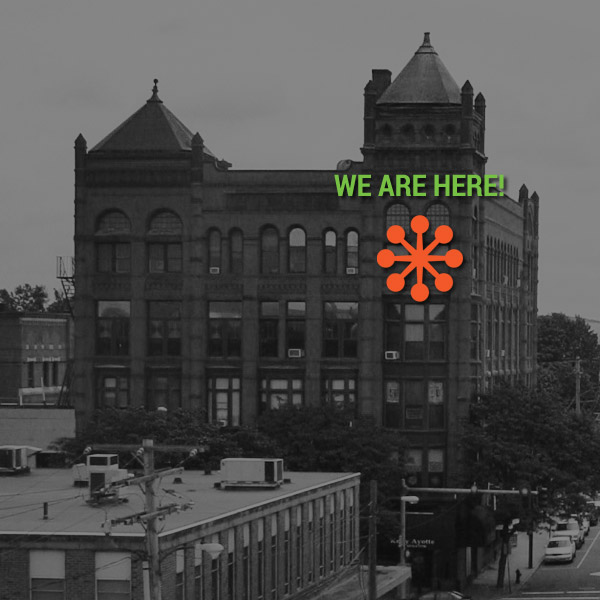In the ever-evolving digital landscape, businesses face a crucial decision when establishing their online presence: Should they opt for a traditional website design or dive into the world of e-commerce? Both platforms have their merits, and choosing the right one depends on various factors, such as the nature of the business, the target audience, and the products or services offered.
Here, our team explores the differences between e-commerce sites and traditional websites, examining key design elements, SEO considerations, and factors contributing to a successful online presence.
Key Design Elements
User Interface and Experience (UI/UX)
- E-Commerce: E-commerce sites prioritize intuitive navigation and streamlined user experiences, focusing on guiding users seamlessly from product discovery to checkout. A visually appealing layout, clear product categorization, and an efficient search function are paramount.
- Traditional Website: Traditional websites may prioritize information dissemination over transactional capabilities. The design should be user-friendly but may need a different level of emphasis on product display and purchasing pathways.
Mobile Responsiveness:
-
- E-Commerce: With the surge in mobile users, e-commerce sites must prioritize mobile responsiveness to ensure a smooth shopping experience on various devices. Google also considers mobile-friendliness as a ranking factor influencing SEO performance.
- Traditional Website: While mobile responsiveness is essential for traditional websites, the emphasis may not be as intense as for e-commerce platforms. Information-centric sites should still ensure easy readability and navigation on mobile devices.
Product Display and Showcase:
-
- E-Commerce: High-quality images, detailed product descriptions, and user reviews are vital for e-commerce platforms. The goal is to provide potential customers with all the information they need to make informed purchasing decisions.
- Traditional Website: Content-heavy traditional websites may prioritize multimedia elements, such as videos, images, and interactive content, to engage visitors without directly emphasizing product showcase.
SEO Considerations
Keyword Strategy
-
- E-Commerce: E-commerce sites benefit from a robust keyword strategy focusing on product names, categories, and transactional keywords. Detailed product descriptions and meta tags enhance visibility on search engine result pages (SERPs).
- Traditional Website: Content-driven websites should employ a comprehensive keyword strategy, incorporating industry-specific terms, informative content, and relevant keywords to attract organic traffic.
Content Marketing
-
- E-Commerce: Regularly updating product pages, creating blog content, and leveraging multimedia to enhance an e-commerce site’s content marketing efforts. Engaging content not only attracts visitors but also contributes to SEO rankings.
- Traditional Website: Content is king for traditional websites. Regularly publishing informative articles, case studies, and industry insights establishes authority, attracts a loyal audience, and improves search engine rankings.
Backlink Building
-
- E-Commerce: Building backlinks to product pages and category pages can significantly impact an e-commerce site’s SEO. Collaboration with influencers, partnerships, and guest posting are effective strategies.
- Traditional Website: Content-rich traditional websites can benefit from backlinks acquired through guest posting, industry collaborations, and participation in forums or online communities.
Creating a Successful Website
Define Your Goals
Clearly outline the goals of your online presence. If your primary aim is to sell products, an e-commerce site might be the better choice. In contrast, a traditional website could be more suitable for information dissemination and brand awareness.
Understand Your Target Audience
Know your audience and their preferences. E-commerce sites cater to buyers looking for products, while traditional websites may target those seeking information, resources, or entertainment.
Invest in Professional Design
Whether it’s an e-commerce or a traditional website, invest in a professional design that aligns with your brand. A visually appealing and user-friendly design enhances credibility and encourages engagement.
Prioritize Security
Security is paramount for e-commerce sites handling sensitive customer information. Implement SSL certificates, secure payment gateways, and regularly update security protocols to build trust with your audience.
Effective Website Design with SearchPro Systems
In the dynamic landscape of online business, choosing between an e-commerce site and a traditional website depends on your business goals, target audience, and the nature of your offerings. Both platforms have unique advantages and considerations, and success lies in understanding your specific needs. By prioritizing key design elements, implementing effective SEO strategies, and following best practices for website development, you can create a successful online presence that aligns with your business objectives.





